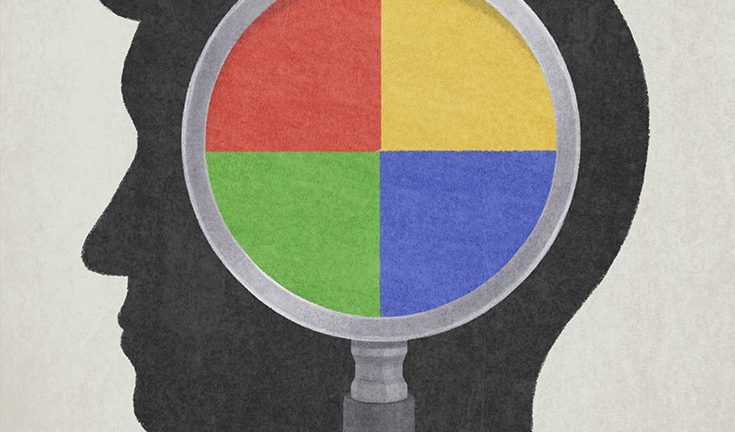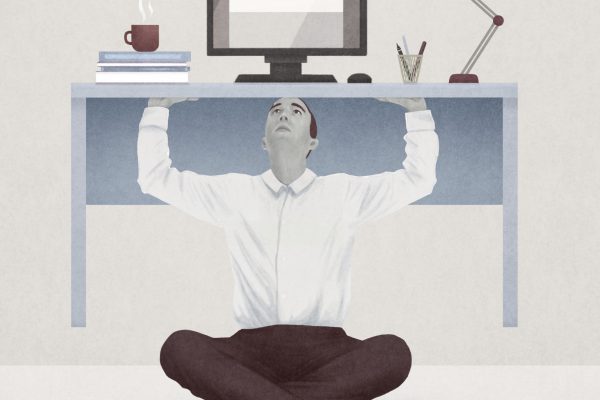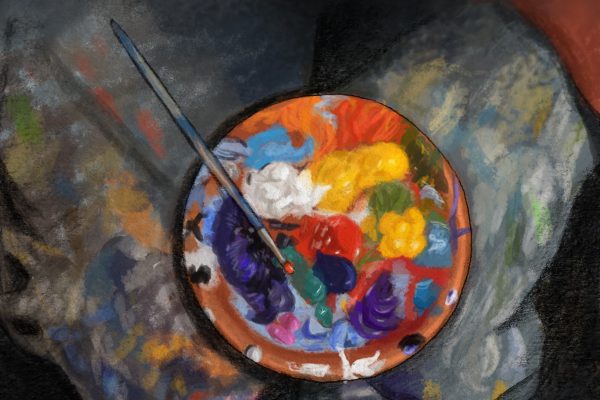Self-help books are a surprisingly diverse genre, with styles to suit almost any personality. That means that what works for someone else may not work for you, so endorsements from friends and magazines aren’t necessarily very helpful. Too often people invest a lot of time in attempting a lifestyle makeover without determining if it truly suits their sensibilities — and it’s all too easy to get discouraged when it doesn’t work out. Minimize the degree to which you “shop around” for self-improvement systems by putting in a little work upfront to find an approach that’s likely to work for you. Here are four ideas to get you started.
GETTING THINGS DONE, David Allen’s time-management system, is often celebrated as the gold standard in the world of organization. (Among the anointed, it even has an acronym: GTD.) GTD is considered a classic system because it helps people move their stresses, concerns, and tasks from their heads into the external world of to-do lists, calendars, and filing cabinets. Allen’s emphasis on tools works very well for people who gravitate towards charts and routines. But that’s not everyone — and GTD is an elaborate system with a steep learning curve — so be honest with yourself about your likelihood of success before investing the mental energy.
Are records and timetables not for you? You might benefit from a more emotional approach to starting over. Marie Kondo’s famous mantra, “spark joy,” (from THE LIFE-CHANGING MAGIC OF TIDYING UP) demands that people consider each item in their home one by one, and toss the stuff that doesn’t inspire a warm, positive response. The Kondo method isn’t an exact science, but it’s time-consuming and extreme, and likely to result in many, many bags of trash. Ask yourself: does that prospect spark joy? Or something closer to horror?
A potential problem with most self-improvement plans is that they require a serious investment of time and effort. OWN THE DAY, OWN YOUR LIFE presents the tantalizing alternative of committing to change for just 24 hours. Author Aubrey Marcus walks readers through a fully optimized schedule from sunup to sundown. When that time is up, it’s up to you to decide which tips are worth implementing as lasting lifestyle changes — and which ones to leave behind.
If one perfect day feels like too much pressure, Gretchen Rubin’s method in THE HAPPINESS PROJECT may be more appealing. Her recommendation? Focus on a different area of self-improvement every month over the course of a year. The pace is slow enough that it won’t upend your day-to-day routines, but ambitious enough to achieve meaningful results. By the end of the year, you should be measurably happier…just in time to make your New Year’s resolutions.
For further reading, check out these Instareads:
THE LIFE-CHANGING MAGIC OF TIDYING-UP







